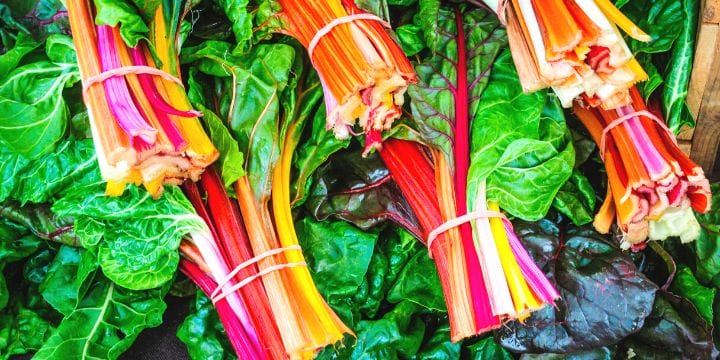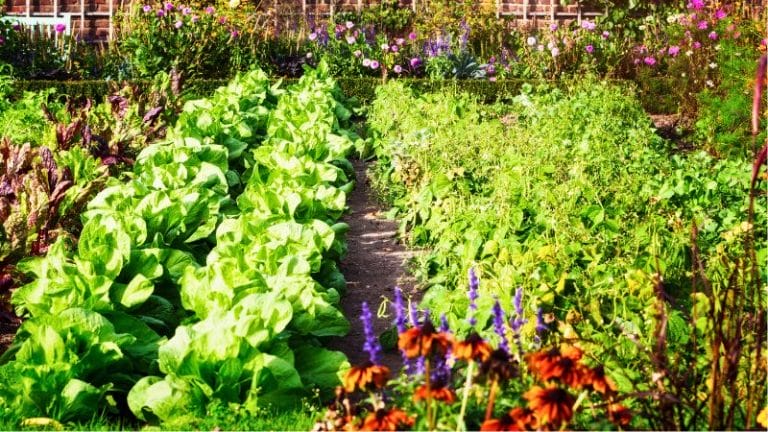How to Grow Jalapenos in Oklahoma
This page may contain affiliate links. Learn More.
Learning how to grow jalapenos in Oklahoma can be a rewarding and productive experience, especially with the state’s long, hot summers and generally favorable growing conditions for peppers. Jalapeños are a warm-season crop that thrives in full sun and well-drained soil, making them a great choice for beginner gardeners and experienced ones.
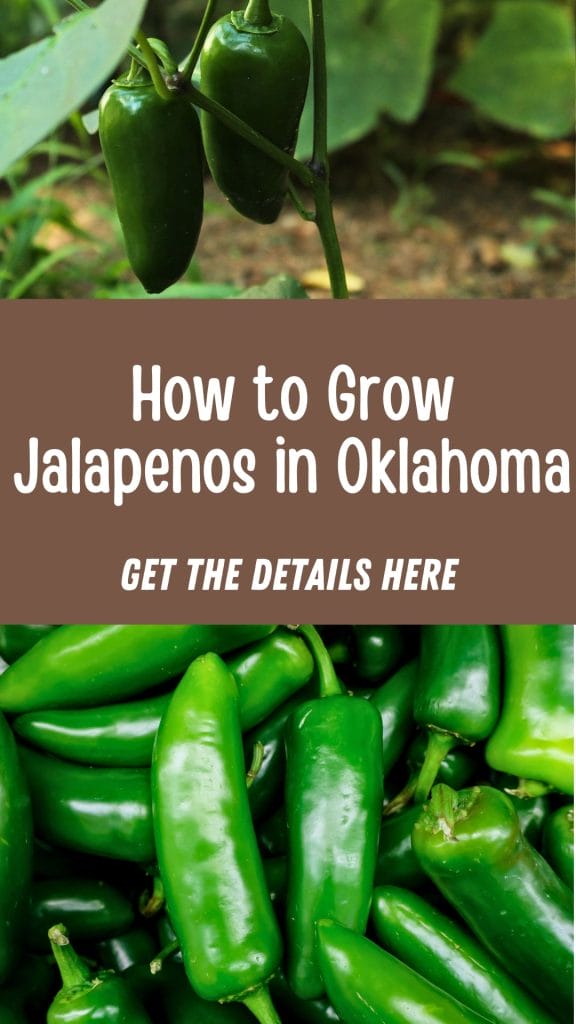
With just a little planning and care, you can grow a bountiful harvest of spicy, flavorful jalapeños right in your backyard, garden bed, or container. Here’s everything you need to know about how to grow jalapeños successfully in Oklahoma.
When to Plant Jalapenos in Oklahoma
Oklahoma has a variable climate with mild winters, hot summers, and humid conditions in most areas. Jalapeños are sensitive to frost and cold temperatures, so timing your planting is essential. In most parts of Oklahoma, the last average frost date is around mid-April. You can start seeds indoors 6 to 8 weeks before the last expected frost, or buy healthy transplants from a local nursery to plant in late April or early May.
Jalapeños need warm soil to grow well, ideally, soil temperatures should be at least 65°F before planting outdoors. Like tomatoes, peppers are finicky about cold feet. So make sure the nights are staying reasonably warm before planting.
Since Oklahoma summers are long and hot, jalapeños typically thrive once established, often producing well into September or October. Just be cautious of unexpected cold snaps in early spring or fall. Find your last average frost date here. And move your planting date 2-4 weeks after that.
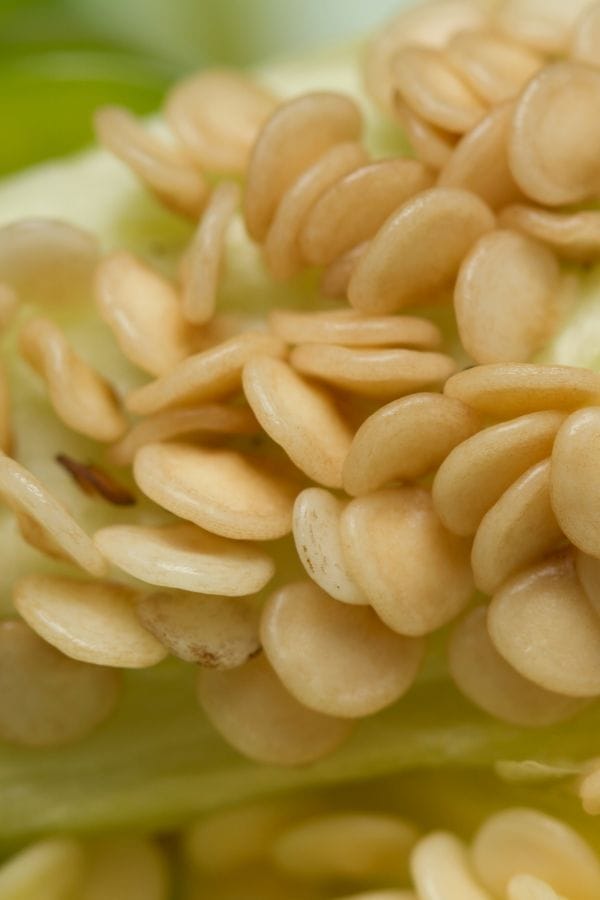
Starting Jalapeños from Seed
If you choose to start your jalapeños from seed, begin indoors in February or early March. Use seed-starting trays filled with a light seed-starting mix. Sow the seeds about 1/4 inch deep and keep the soil consistently moist but not soggy. Place the trays in a warm location, preferably between 70°F and 80°F, to encourage germination, which can take 7 to 14 days. They can be hard to germinate and they usually won’t outdoors where the temperatures are not consistent.
Using a heat mat can improve your germination rate. Once the seedlings emerge, move them to a sunny windowsill or use grow lights to ensure they receive 14-16 hours of light per day. Thin out the weaker seedlings to give the strongest ones room to grow. When they develop their second set of true leaves, you can begin feeding them with a diluted liquid fertilizer every two weeks.
Before planting them outdoors, it’s important to harden them off by gradually introducing them to outdoor conditions over 7 to 10 days. This helps reduce transplant shock and prepares them for Oklahoma’s bright sun and wind.
Another great tip is to plant them late in the evening. These hot sunny days can be hard on transplants, so if you plant them in the morning, they get stressed. Planting them out in the evening gives them the night to settle in and is much easier on the plant.
Choosing the Right Location
Jalapeños love the sun. Choose a location that receives at least 8 hours of direct sunlight each day. They need warm temperatures and plenty of light to produce the best fruit. Avoid low spots in your garden where water might pool after heavy rain. Good air circulation is also important to help prevent disease.
If your soil is heavy clay or doesn’t drain well, consider using raised beds or containers. Raised beds warm up faster in the spring and allow for better soil control. For containers, choose one that’s at least 12 inches in diameter and 12 inches deep per plant, with drainage holes in the bottom.
Soil Preparation and Amendments
Jalapeños need rich, well-draining soil with a pH between 6.0 and 6.8. Oklahoma soil can vary widely depending on your location, but many areas tend to have clay-heavy or slightly alkaline soil. To improve your soil, mix in compost or well-rotted manure to enhance fertility and drainage. You can also incorporate aged leaf mulch, peat moss, or other organic matter.
Before planting, it’s a good idea to test your soil using a home soil test kit or by sending a sample to your local extension office. Based on your results, you may need to add specific amendments like sulfur to lower pH or bone meal to boost phosphorus.
Apply a balanced fertilizer, such as 10-10-10, at planting time according to package instructions. Avoid over-fertilizing, especially with nitrogen-heavy formulas, as this can lead to lush foliage but fewer peppers.
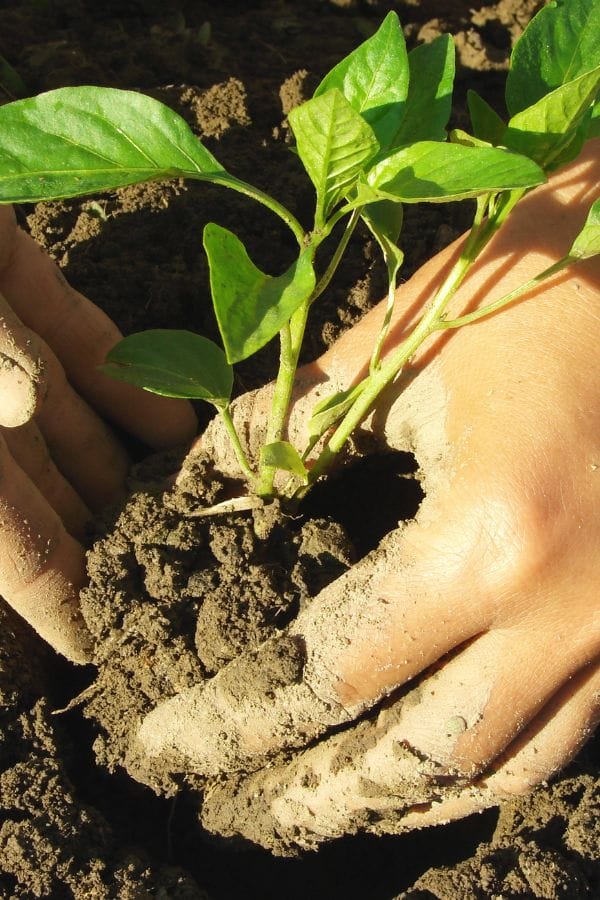
Planting Jalapeños in the Garden
Once your soil is warm and the danger of frost has passed, transplant your jalapeños outdoors. Space plants 18 to 24 inches apart in rows that are 2 to 3 feet apart. Dig holes large enough to accommodate the root ball, and plant them slightly deeper than they were growing in their pots to encourage strong root development.
After planting, water them in thoroughly. Mulch around the base of the plants with straw, grass clippings, or shredded leaves to retain moisture, suppress weeds, and regulate soil temperature. Just keep mulch a few inches away from the stems to prevent rot. Mulch makes or breaks our growing, it’s such a necessity when the beaming sun bears down all day like it does in Oklahoma. We can never keep our beds moist enough without it and everything burns up.
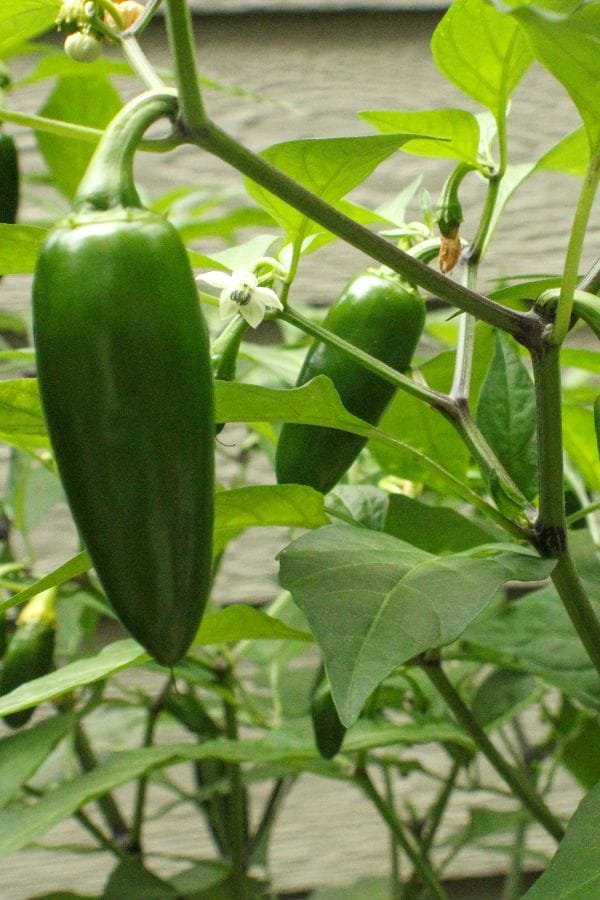
Watering and Feeding Jalapeño Plants
Consistent moisture is key for healthy jalapeño plants, especially in Oklahoma’s hot and sometimes dry summers. Water deeply and thoroughly once or twice per week, depending on rainfall and temperature. Avoid shallow watering, which can lead to weak root systems. Drip irrigation or soaker hoses work well to deliver water directly to the roots while keeping foliage dry, which helps prevent disease.
As the plants grow, side-dress with compost or apply a balanced natural fertilizer every 3 to 4 weeks. Once the first flowers appear, you can switch to a low-nitrogen fertilizer to encourage more fruit development. Avoid getting fertilizer on the leaves, and always water after fertilizing to help nutrients reach the roots.
Managing Pests and Diseases
Jalapeños are relatively low-maintenance, but they can still fall victim to pests and diseases. Common pests in Oklahoma include aphids, flea beetles, cutworms, and spider mites. Inspect plants regularly and remove pests by hand or spray them off with water. You can also use insecticidal soap or neem oil if infestations persist.
To prevent disease, practice good garden hygiene. Rotate your crops each year, avoid overcrowding plants, and water at the base of the plant instead of overhead. Common pepper diseases include bacterial spot, blossom end rot, and powdery mildew. Keep your garden clean, avoid working in the garden when plants are wet, and remove any infected foliage immediately.
✔Here’s a link to a great vegetable garden planner you can print right out and use at home! So cute!
Supporting Your Jalapeño Plants
While jalapeño plants are fairly sturdy, they may benefit from support once they begin to fruit. Heavy fruit loads can weigh down branches, especially after a rain. Use tomato cages, bamboo stakes, or simple garden stakes to keep your plants upright and reduce stress on the stems.
Gently tie plants to the support structure with soft twine or garden tape. This not only protects the plants but also keeps fruit off the ground, reducing the risk of pests and rot.
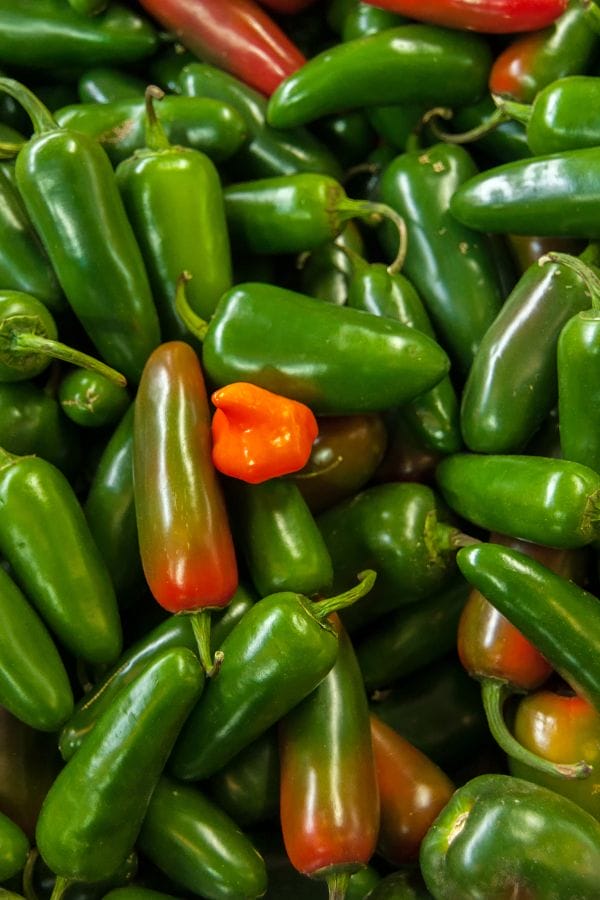
Harvesting Jalapeños
Jalapeños are usually ready to harvest 70 to 85 days after planting. They are typically harvested when they are about 3 to 4 inches long and deep green in color, but you can also let them ripen to red for a sweeter, fruitier flavor and more heat. For any kind of peppers, they are usable at any stage of ripeness.
Use clean scissors or garden clippers to snip peppers from the plant, leaving a small piece of stem attached. Avoid pulling the peppers off by hand, as this can damage the plant. Regular harvesting encourages the plant to produce more fruit throughout the season.
Check your plants every few days once they begin producing. In Oklahoma’s warm climate, jalapeños can produce heavily throughout the summer if well cared for.
If you want to read the full story of how we got started growing our own food at Little Sprouts and get all the basics to start yourself, check this out. The Journey of the Little Sprouts: A Guide for Growing a Better Tomorrow.
Growing peppers
For more ideas on growing peppers, check this out:
For more information about when to plant what crops, check out this month by month vegetable garden planting guide.
What to Do with Excess Jalapenos
Fresh jalapeños can be stored in the refrigerator for up to a week. For longer storage, consider freezing them whole or sliced, pickling them, or drying them for use in recipes year-round. Jalapeños are great in salsas, tacos, stir-fries, and more.
If you grow more than you can use, consider sharing with neighbors or preserving them in jars. Canning pickled jalapeños is a simple way to enjoy your harvest all year long. Here are more ideas on how to use as much of what you grow as you can.
For more ideas on how to use excess hot peppers, check this out and these great recipes too:
- Cranberry Jalapeno Salsa
- Easy Jalapeno Cheddar Biscuits
- Easy Jalapeno Popper Chicken Casserole Recipe
- How to Make Refrigerator Pickled Hot Peppers
Saving Seeds for Next Season
If you grow open-pollinated or heirloom jalapeño varieties, you can save seeds for next year. Allow some peppers to fully ripen on the plant until they turn red. Remove the seeds from the mature peppers and lay them out to dry on a paper towel in a well-ventilated area. Once completely dry, store them in a labeled envelope or glass jar in a cool, dry place.
Saving seeds from disease-free, healthy plants ensures strong genetics for your next growing season.
Companion Planting for Jalapenos
Jalapeños grow well alongside basil, carrots, onions, and marigolds, which can help deter pests. Avoid planting them near beans or brassicas like broccoli and cabbage, which may compete for nutrients or attract unwanted insects. For more ideas about companion planting, check this out.
Rotating your planting location each year helps maintain soil health and prevents the buildup of pests and diseases.





